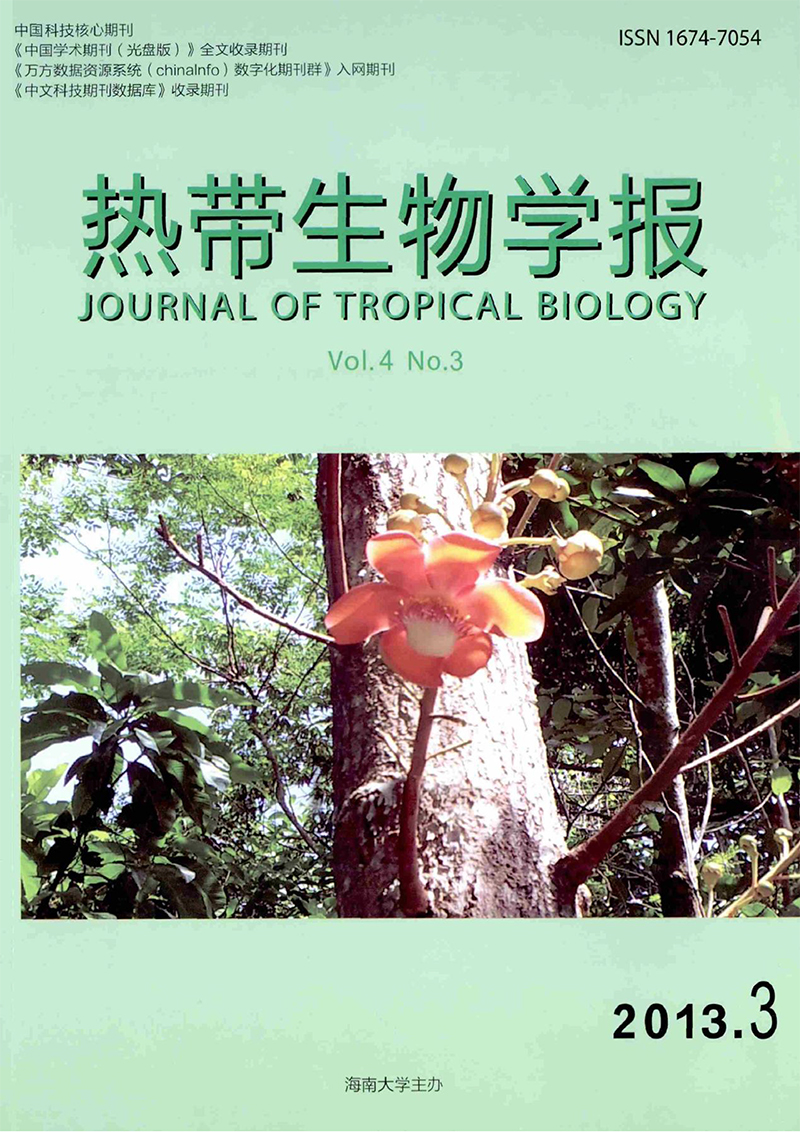Effects of Rain-shelter Cultivation on the Organic Acid Content of Wine Grape Berry
doi: 10.15886/j.cnki.rdswxb.2013.03.013
- Received Date: 2013-05-12
-
Key words:
- rain-shelter cultivation /
- organic acids /
- wine grape berries
Abstract: The concentrations of 4 organic acids in the berries of Vitis vinifera ‘Cabernet Sauvignon’and V.vinifera. ‘Chardonnay’subjected to rain-shelter cultivation and open cultivation were assessed by using high performance liquid chromatography. The expression of VvIdnDH encoding L-Idonate Dehydrogenase,a key enzyme involved in tartaric acid biosynthesis,was analyzed through Real-time PCR. The results showed that rainshelter cultivation significantly increased the contents of tartaric acid,malic acid and oxalic acid in developing‘Cabernet Sauvignon’grape berries,but no significant difference in contents of these organic acids at harvest was observed between the two cultivation ways. Rain-shelter cultivation almost did not change the level of the four organic acids of‘Chardonnay’grape berries as compared to the open cultivation. Analysis of the expression of VvIdnDH revealed that gene expression in young berries was significantly up-regulated owing to rain-shelter cultivation and that the transcript abundance was maintained at a certain level during the following development,which may be a main reason for a high level of tartaric acid in developing grapes under rain-shelter cultivation.This work will not only provide some guidelines for the improvement of the rain-shelter cultivation in production of wine grapes,but also help to uncover the mechanism of tartaric acid accumulation in grape berries.
| Citation: | LIU Rui, GAO Qian, DUAN Changqing, PAN Qiuhong. Effects of Rain-shelter Cultivation on the Organic Acid Content of Wine Grape Berry[J]. Journal of Tropical Biology, 2013, 4(3): 251-256. doi: 10.15886/j.cnki.rdswxb.2013.03.013 |






 DownLoad:
DownLoad: